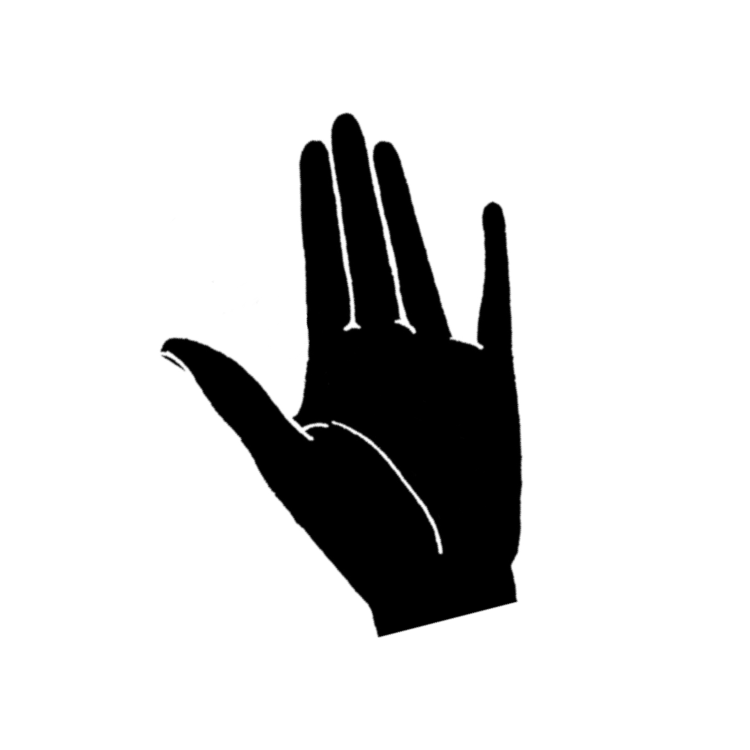In preparation for their upcoming exhibition ᐱᓯᑳᐧᑎᐢᑫᐧᐤ: Her Mouth is Medicine at Pique, emerging Indigenous curator Harley Wegner sat down with rope practitioner Cherry Nuit, to discuss BDSM practices and decolonization in the context of Indigenous art spaces. Read the full interview below!
In my culture we ask three particular questions when we meet people. Who are you? Where are you from? And who are you from?
My name is Cherry Nuit; I’m a Gaelic settler and a dyke. My given spiritual name is neart-na-daraich in Scottish Gaelic or “strength of oak” in English. Though I’m a settler, I was told I belong to the Wolf clan. These were given to me in ceremony by Midewin person Two Bears Stands Alone from Kitigan Zibi. I was raised Scottish in the Kichisippi Valley (so-called Ottawa) on unceded Algonquin Anishinaabe territory. I was born here, as were my parents, but my ancestors and I are from Alba (Scotland) primarily, but also Éire (Ireland), Italy, France, and the Netherlands. I also have Cree relatives. My queer ancestors include Silvia Riviera, Marsha P. Johnson, Beth Brant, and Audre Lorde, as well as countless others before me.
You’ve spent the last 10 years studying and engaging with Indigenous ways of being, art, and knowledge, how do you navigate that as a settler?
Responsibility. For me, navigating that is guided first and foremost by an ethics of relational responsibility and respect (i.e. critical kinship). I am in relationship with a variety of Indigenous persons and their Indigenous communities, in ways that are more direct or indirect, and therefore I have responsibilities to them and I can be called to account for my actions. In other words, I’m sitting at the kitchen table. These responsibilities include things like not engaging in appropriation, respecting the land, upholding values like compassion, freedom, and respect in my everyday life, and struggling for Indigenous liberation. Acknowledging from whom my ideas are coming from. I am sitting at the table, I know who I am in conversation with, and that if I am going to sit at the table, I have to do the homework.
Do you have advice for non-Indigenous people who are unsure how to go about being in Indigenous space or taking in Indigenous art?
Yes! I would recommend that you make sure to respect the space and respect others around you. Try to be mindful of if you are centering yourself or colonial desires. And relax! Remember to listen way more than you speak, and be humble when you do speak on Indigenous issues or subjects. Also that not everything is for you, and that’s okay. Approach Indigenous art with an open mind and a willingness to be unsettled. In the long term, you should figure out who you are and develop a strong cultural/personal identity. Who and where are you from? Support Indigenous resurgence and decolonization. Do the homework.
What does being a rope practitioner mean to you?
It means a lot of things. “Rope practitioner” as a role means I have to care about ethics and integrity, that I have to be transparent, and be responsible to my rope partners. It’s remembering that even when I am tying in private, I am really tying in relation to a whole network of rope community - we are all only ever two degrees of separation from each other so I should be accountable. In my erotic life, practicing rope is a deep means of sexual self-expression, creative exploration, and connecting with my partner through sadomasochistic erotic pleasure. I think it’s important for rope practitioners to say who they have learned from, and thus where they stand in the history of kinbaku. Primarily I am learning Akechi Kanna-style and have been taught by Kanna herself. I am also learning Yukimura-inspired rope from Kindred, who’s teacher is Barkas. Hence, in rope I value and manifest eroticism, sadomasochism, structural support, aesthetics, communication, connection with my partners, and mutual enjoyment.
This exhibit explores themes of connecting cultural identity to sexuality, how do you connect with your culture through sexuality? How does it influence your BDSM practice?
I connect with my culture through sexuality by engaging in lesbianism, privately and in community with other sapphics. This means I get to connect with a wider interracial sapphic culture, and give back to that culture by generating a rope dyke subculture around me with others. My BDSM practice cannot happen without dyke cultures, past and present.
I am experimenting with connecting with Gaelic culture through sexuality by incorporating Scottish art like our plaids and Gaelic animist symbols like celtic knotwork and vegetative spirals. This culture motivates me to bring the other-than-human beings (like plants, rocks, wind, water) into my BDSM practice, like a Gaelic animist eco-erotics or eco-sexuality. All of this has influenced my BDSM practice by informing its aesthetics and helping it to be more creative, more sensuous, and more joyful.
ᐱᓯᑳᐧᑎᐢᑫᐧᐤ: Her Mouth is Medicine is a voyeuristic exhibition where onlookers can peer into the world of erotic rope bondage through Indigenous spirituality. In a pushback against sexual puritanism in Indigenous circles from settler colonialism this space explores the erotic, kink, spirituality, two-spirit identity, and the intersections between queerness and Indigeneity. A visual-audio experience using music, storytelling, photography, beadwork, and more - audiences will be immersed into the intimate dynamics between lovers. By rejecting the sexual purity of Catholicism and colonization ᐱᓯᑳᐧᑎᐢᑫᐧᐤ: Her Mouth is Medicine explores pain, pleasure, and its intersections. Sex is medicine. Orgasms are medicine. Pleasure is medicine. To feel pleasure is to heal the spirit.
Curated by Harley Wegner, ᐱᓯᑳᐧᑎᐢᑫᐧᐤ: Her Mouth is Medicine features rope performances by Cherry Nuit, as well as erotic and kink photography by Kaya Comeau and Dean McCoy.
Tickets for Pique are on sale here.

